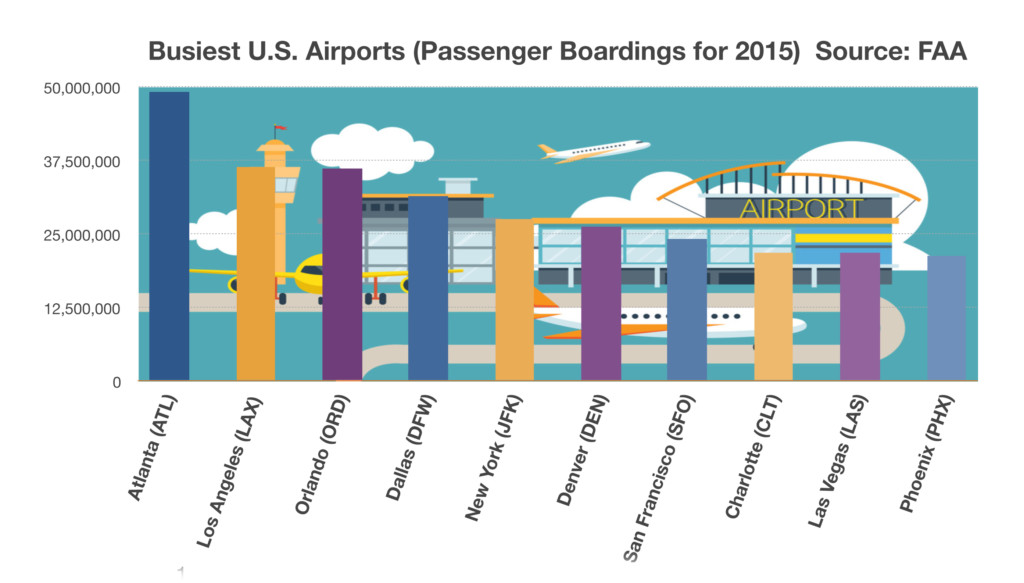Debunking Sell in May and Go Away: Investing
Working in and around Wall Street for over 30 years, I have been exposed to many systems and strategies about investing. Although usually not explicitly stated, these strategies are “predictions” about what will occur in the markets in the short-medium term. Often there is historical data cited to support the particular system or thesis. I have always felt that certain systems – like economics or geo politics – are too complex to predict what will occur in the short-medium term. One such system is “sell in May and go away”.
According to Investopedia;
“Sell in May and go away” is a well-known financial-world adage, based on the historical underperformance of some stocks in the “summery” six-month period commencing in May and ending in October, compared to the “wintery” six-month period from November to April. If a trader or investor follows the sell-in-May-and-go-away strategy, they would divest their equity holdings in May (or at least, the late spring) and invest again in November (or the mid-autumn).
So, what would have happened if you “sold in May” this year? Quite simply you would have missed out on the best June performance* since 1938.
Although “historically” June has not been a great month for equities, this year it was different. Much different.
The lesson here might be to mostly ignore the noise of Wall Street/media “systems” and “theses” – especially (sell in May). Instead, create a long-term comprehensive plan and invest according to that plan.

